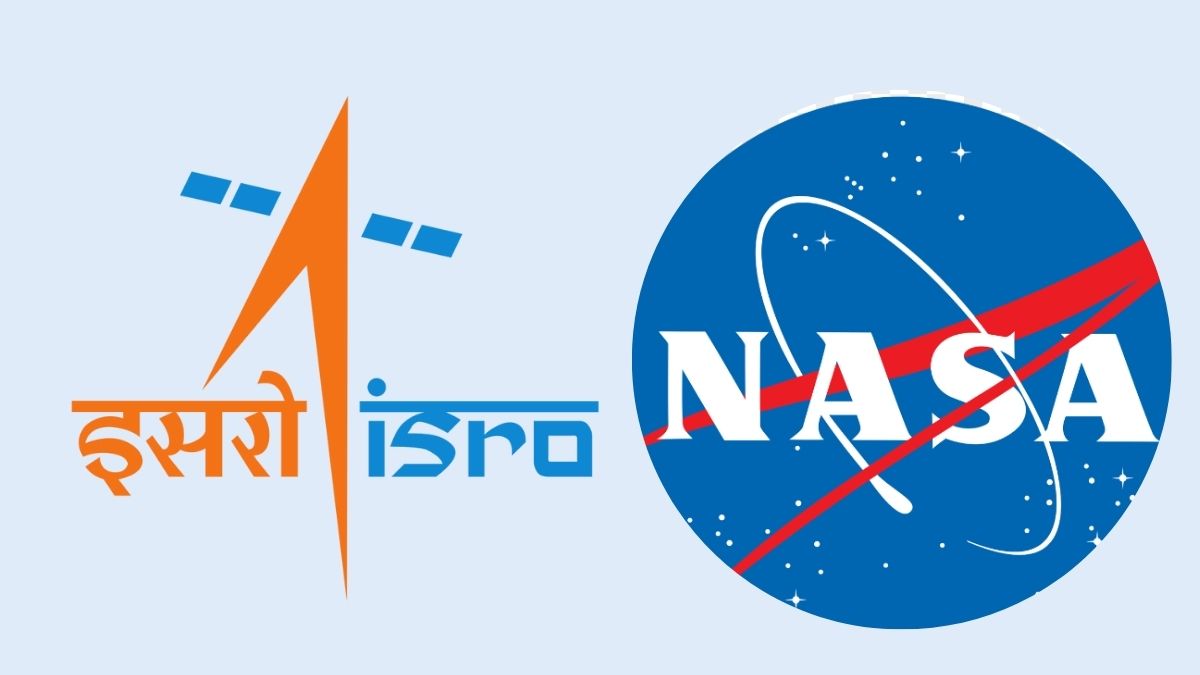The much-anticipated NISAR (NASA-ISRO Synthetic Aperture Radar) satellite mission a unique collaborative project between India’s ISRO and NASA is now expected to be launched in June 2025. This milestone comes after several delays, particularly during the assembly and testing stages. ISRO Chairman V. Narayanan updated Union Science Minister Jitendra Singh on the upcoming space initiatives, including NISAR and other key missions planned for May. NISAR is designed to revolutionize Earth observation by offering highly detailed, repetitive insights into dynamic environmental processes.
Key Highlights of the NISAR Mission
- Mission Name: NISAR (NASA-ISRO Synthetic Aperture Radar)
- Launch Window: Expected in June 2025
- Launch Vehicle: GSLV (Geosynchronous Satellite Launch Vehicle)
- Mission Type: Earth Observation using dual-frequency SAR (Synthetic Aperture Radar)
- Agencies Involved: NASA and ISRO
Significance
- First major collaborative Earth science mission between NASA and ISRO.
- Aimed at producing extremely precise, high-resolution observations of Earth’s surface.
Scientific Objectives of NISAR
Monitor dynamic processes such as,
- Glacier retreat and ice sheet melting.
- Vegetation and forest cover changes.
- Earthquakes, volcanoes, and ground deformation.
- Detect surface changes as small as 1 cm, enabling better tracking of natural hazards and climate-related shifts.
- Improve models related to climate change, ecosystem disturbances, and disaster response.
Reasons for Delay
- Originally scheduled for launch in early 2024.
- One key issue was identified with the 12-metre antenna, which required improvement and replacement.
- The satellite, partially assembled in the United States, was shipped to Bengaluru in 2023 for final testing.
- Due to the antenna issue, it was shipped back to the US for upgrades, delaying the timeline.
Other Upcoming ISRO Missions (May 2025)
EOS-09 Launch
- Type: Earth Observation Satellite.
- Capability: High-resolution imaging during both day and night.
TV-D2 (Test Vehicle D2) Mission
- Linked to Gaganyaan, India’s first human spaceflight mission.
- Purpose: Test the Crew Escape System under abort conditions.
Axiom-4 Mission
- Involves Indian astronaut Shubhanshu Shukla, flying to the International Space Station.
- Shukla will become the second Indian in space, after Rakesh Sharma in 1984.
- Mission by private US-based company Axiom Space.
| Summary/Static | Details |
| Why in the news? | ISRO-NASA NISAR Mission Likely to Launch in June 2025 |
| Mission Name | NISAR (NASA-ISRO Synthetic Aperture Radar) |
| Launch Date | Expected in June 2025 |
| Launch Vehicle | GSLV (Geosynchronous Satellite Launch Vehicle) |
| Main Purpose | Earth observation with high precision (1 cm accuracy) |
| Agencies Involved | NASA (USA) & ISRO (India) |
| Key Focus Areas | Climate change, glacier movements, vegetation, earthquakes |
| Reason for Delay | Issues with 12m antenna; sent back to US for upgrades |



 India Plans New Antarctic Station Maitri...
India Plans New Antarctic Station Maitri...
 India Launches Its First 1.0 GHz, 64-bit...
India Launches Its First 1.0 GHz, 64-bit...
 ISRO Projects Seven Launches Including U...
ISRO Projects Seven Launches Including U...







